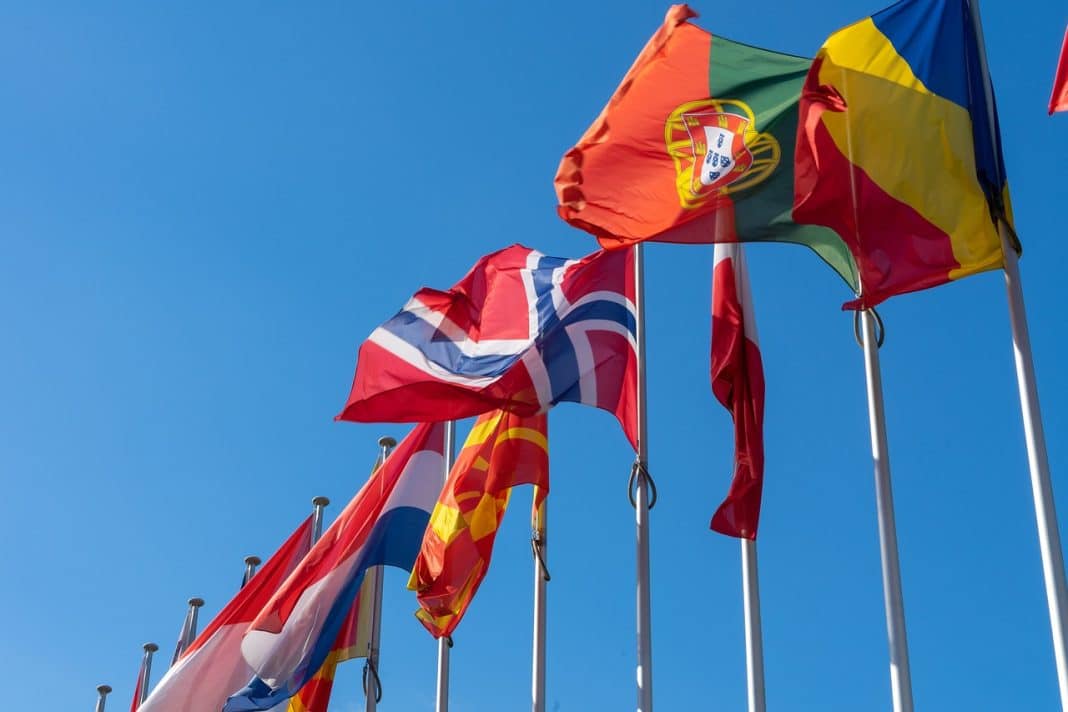The European Commission (EC) granted €1.1 billion to support clean energy projects from the EU Emissions Trading System (ETS) fund.
The EC signed agreements to grant 7 projects that support the EU’s climate transition. The funding is from the Innovation Fund, sourced from the EU ETS. This Fund comes from 450 million allowances from the current EU ETS in 2021/30.
Under the EC’s Fit for 55 proposals, 50 million allowances more will be added to the fund from the revised ETS. There will also be 150 million allowances more from transport and buildings emissions.
The 7 Clean Energy Projects Financed by EU ETS
The projects aim to reduce emissions by over 76Mt of CO2eq during the first 10 years of their operation.
These projects are using innovative low-carbon technologies at an industrial scale. They span various major sectors like hydrogen, biofuels, solar energy, cement, steel, and chemicals. The carbon capture and storage are also covered.
Here is a sneak peek of the clean energy projects granted by the EU ETS Fund:
Kairos@C in Belgium. This project aimed to avoid emissions of 14 Mt of CO2eq. It intends to make the first and biggest cross-border carbon capture and storage.
BECCS at Stockholm. This other one plans to avoid 7.83 Mt of CO2eq. It will create a Bio-Energy Carbon Capture and Storage (BECCS) facility at a heat and power biomass plant. BECCS will use both CO2 capture and heat recovery.
Hybrit Demonstration in Sweden. This project will replace fossil-based technology with green alternatives like hydrogen use. Thus, it will revolutionize the iron and steel industry in Europe, avoiding about 14.3 Mt of CO2eq.
Ecoplanta in Spain. Among the clean energy projects supported by EU ETS, this one will hit the smallest CO2 avoidance of 3.4 Mt of CO2eq. It will use waste to deliver a first-of-a-kind commercial plant in Europe, recovering 70% of CO2 in waste.
K6 Program in France. Meant to avoid 8.1 Mt of CO2eq, this program will produce the first carbon-neutral cement in Europe. It will do so by using an airtight kiln and cryogenic carbon capture technology and will store CO2 in the sea.
The TANGO project in Italy. This one avoids the highest 25 Mt of CO2eq by producing high-performance PV modules and multiplying capacity by 15x more (200 MW – 3 GW).
SHARC Project in Finland. This Sustainable Hydrogen and Recovery of Carbon project aims to avoid over 4 Mt of CO2eq. It will reduce emissions by using renewable hydrogen and carbon capture technology.
EU’s Transition to Green
According to the European Green Deal, funding those clean energy projects via EU ETS is “… a smart investment into the decarbonization and resilience of Europe’s economy.”
Also, it raises Europe’s stance on clean technology while helping speed up its green transition.
Better yet, the shift to renewable energy is the key to reducing emissions and reaching the EU’s net-zero goal in 2050. And the funding from the EU ETS to support those clean energy projects is one step toward that.


